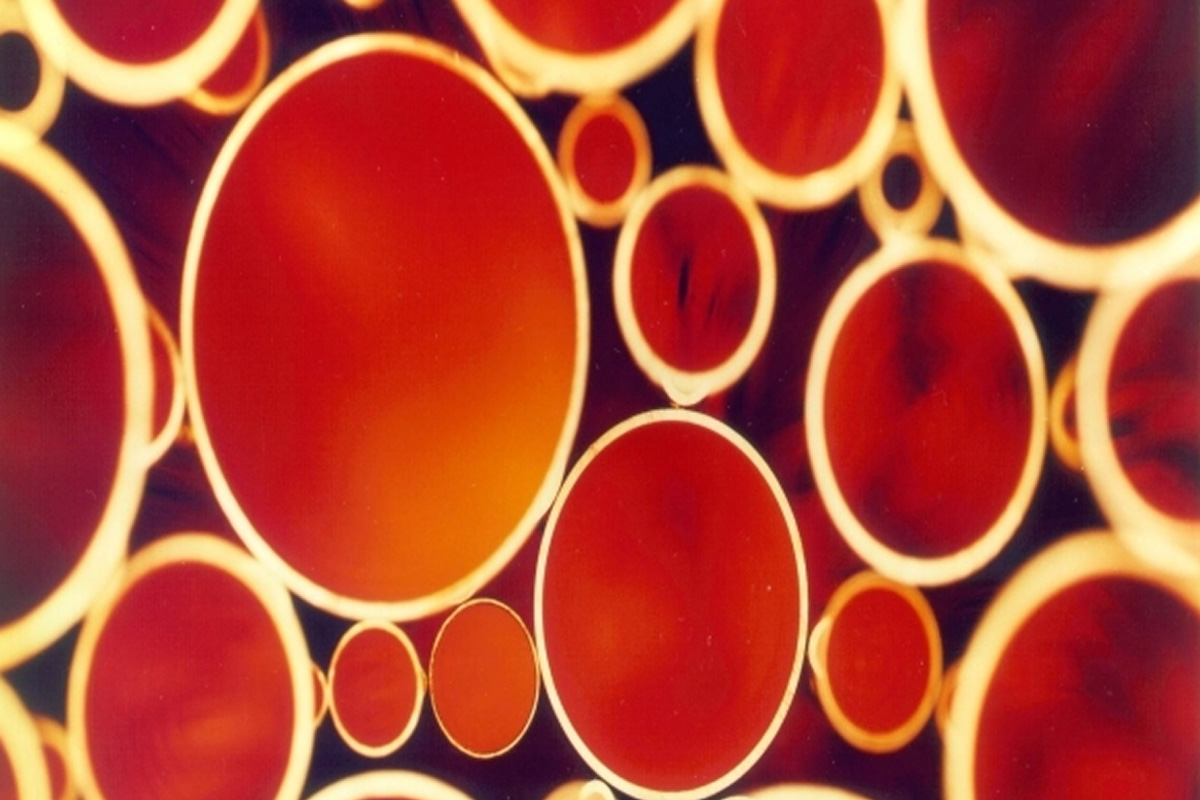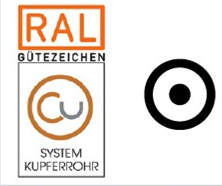
Building installation
Copper is the only material that can be used in almost all areas of installation technology, such as drinking water, heating, heating oil, gas, liquid gas and solar installations, technical and medical gas supply, refrigeration and compressed air systems, rainwater utilisation systems and certain waste water systems.
In contrast to many other systems, all installation components are compatible with each other, i.e. pipes and fittings from all manufacturers can be combined with each other in compliance with the relevant regulations. The use of copper is also supported by its ease of processing and the almost unlimited compatibility of the individual components with each other.
The universal applicability of copper in supply engineering, which does not exist with any other material, determines the number of regulations that have to be observed. There are neither more regulations to be observed than with other materials, nor are the processing techniques more complicated. Copper applications are merely more diverse.
Evaluation of water analysis data
Since the chemical relationships are not entirely simple, even for water experts, the Deutsche Kupferinstitut (in addition to the German tube and fitting manufacturers) offers the free evaluation of water analyses.
Are you looking for a different content?

